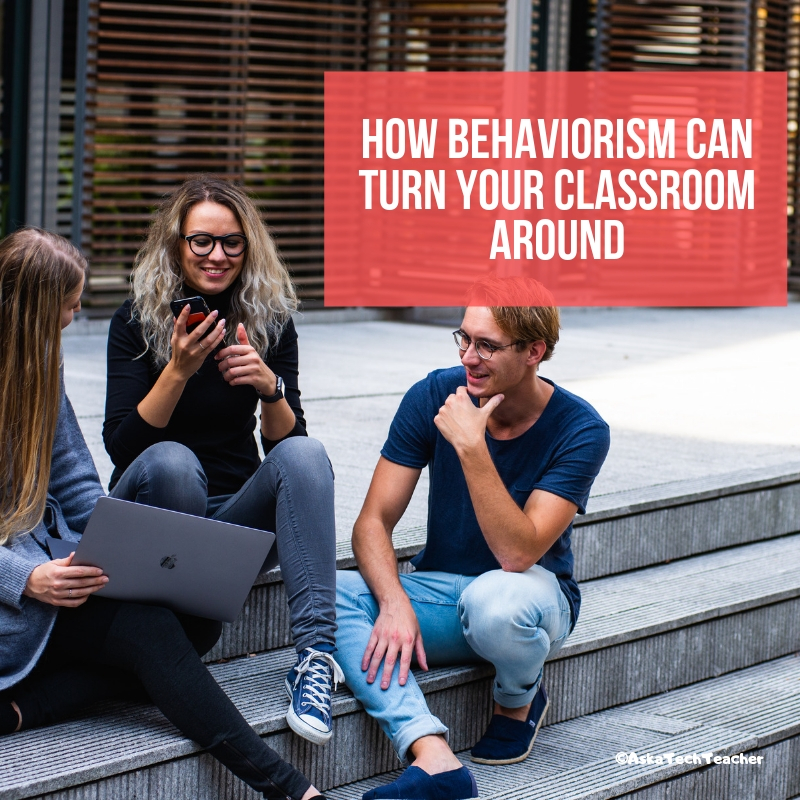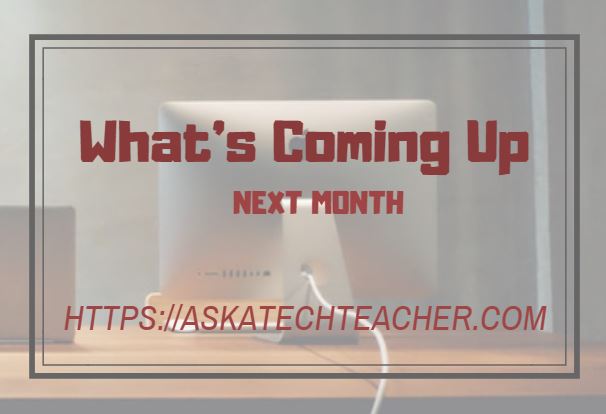Ask a Tech Teacher contributor, Jane Sandwood, has interesting ideas on blending tech with tradition:
Balancing Technology With Traditional Teaching To Enhance Performance In Class
 California has recently increased state investment in school technology, focusing on better broadband connections and supporting further teaching of computer science. Although there is still some debate about the benefits of increasing use of technology in schools, there appears to be plenty of evidence to show that, if used effectively, it can greatly enhance learning. It isn’t as productive on its own, and shouldn’t be used as a substitute for good teachers. However, blended learning takes the positive aspects of technology and combines them with tried and tested teaching methods. Although children are naturally becoming citizens of the digital world, for them to integrate fully and in a positive way in this new society, they still need guidance from teachers.
California has recently increased state investment in school technology, focusing on better broadband connections and supporting further teaching of computer science. Although there is still some debate about the benefits of increasing use of technology in schools, there appears to be plenty of evidence to show that, if used effectively, it can greatly enhance learning. It isn’t as productive on its own, and shouldn’t be used as a substitute for good teachers. However, blended learning takes the positive aspects of technology and combines them with tried and tested teaching methods. Although children are naturally becoming citizens of the digital world, for them to integrate fully and in a positive way in this new society, they still need guidance from teachers.
Teaching A Mindful Approach
A balanced approach is particularly useful when dealing with the potential negative effects of digital use, and especially social media. Children are now intrinsically linked to the digital world, but they still need to be taught how to navigate through social media safely, and to ensure that their interactions are positive and useful. In some cases, even after guidance, children may still use social media in questionable ways, and this could indicate other underlying issues or vulnerabilities. However, for all children, it’s important to find ways to balance these adverse effects. Taking sessions in mediation and mindfulness can be a useful technique to manage or reduce the negative effects of social media. In addition, they may also help children concentrate and be more attentive in class.
Strengthening Emotional Connection
When students feel an emotional connection to the subject being taught in the classroom, retaining and recalling information becomes easier. To enliven lesson plans and engage students further, technology can be used to unlock emotions in the classroom. A study by the University of Phoenix found that almost two thirds of K-12 teachers regularly use laptops and computers in class. Combined with powerful media such as film adaptations of plays, they can be used to bring to life often challenging and impenetrable texts. It would be easy to ask students to undertake this work at home; however, technology can be used in this way to enhance classroom interaction. Students can consolidate lessons when given the opportunity to share the experience with the class and discuss their thoughts together immediately afterwards.
Improving Student Behavior
Although some aspects of a student’s behavior and attitude to study are unaffected by technology, it does appear to have a positive impact on attentiveness and student participation. As well as enhancing lessons, technology in schools can also be a useful tool to improve discipline. When students can use their ID to clock in if they are late, class-cutting and tardiness is automatically recorded. According to the National Center for Education Statistics, over a third of teachers find that poor attendance interferes with their teaching, so this technology allows them to focus solely on their classes.
It is now widely accepted that the use of technology can be beneficial in the classroom. However, it is still important to be discerning about how it is used. By combining it with traditional educational methods and techniques, it can help to improve retention of information, participation in class, and even student behavior.
–Jane Sandwood is a freelance writer, editor and former tutor, homeschooler, and mother of two teenage daughters.
More
How to Incorporate Mindfulness into Your Class
The Importance of SEL to Education Success
Positive focus; Positive behaviors
Jacqui Murray has been teaching K-18 technology for 30 years. She is the editor/author of over a hundred tech ed resources including a K-12 technology curriculum, K-8 keyboard curriculum, K-8 Digital Citizenship curriculum. She is an adjunct professor in tech ed, Master Teacher, webmaster for four blogs, an Amazon Vine Voice, CSTA presentation reviewer, freelance journalist on tech ed topics, contributor to NEA Today, and author of the tech thrillers, To Hunt a Sub and Twenty-four Days. You can find her resources at Structured Learning.




































